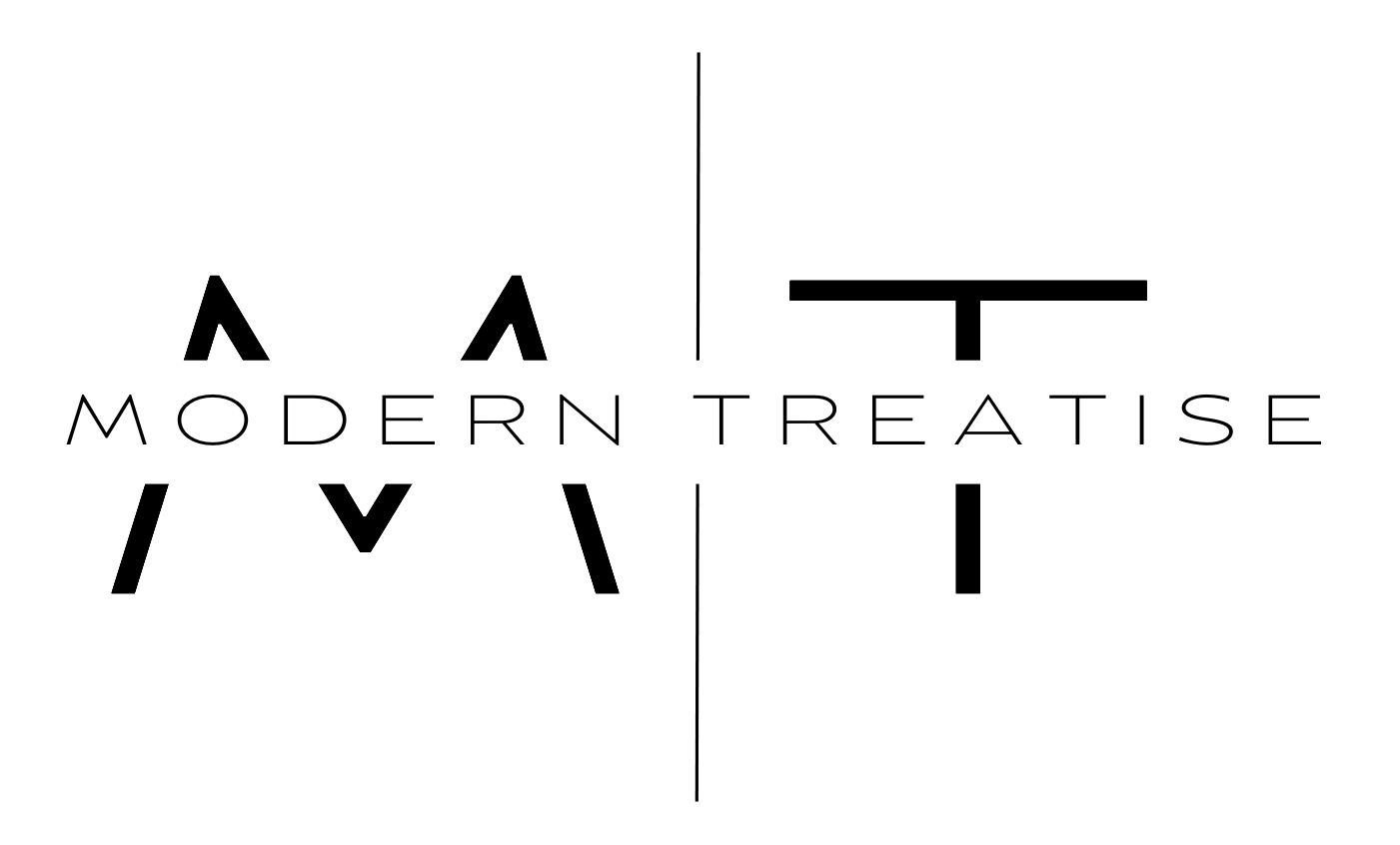The Commons: Can Anas Sarwar Unite Scottish Labour?
Ken Jack
Anas Sarwar, the leader of Scottish Labour, has a difficult task ahead of him. Over the last few years, Scottish Labour have struggled to regain their former strength, facing internal challenges and dwindling voter confidence. If Sarwar is to reconnect his party with the wider electorate, he needs to tackle policy rifts with UK Labour, respond to the increasing popularity of Reform UK, and get ready for the looming Scottish parliamentary election in 2026.
Scottish Labour, once the dominant political force in Scotland, has experienced a steep decline over the past decade. The party’s voter base has splintered, with many shifting their allegiance to the Scottish National Party (SNP) or, more recently, smaller parties like the Greens and Reform UK. In the 2019 general election, Labour won a singular seat in Scotland. They have struggled to present a unified and distinct vision for Scotland which has left it struggling to compete in an increasingly polarized political climate.
Sarwar took over leadership in 2021, inheriting a fractured party desperate for change. He has attempted to rebrand Scottish Labour as a pragmatic, solutions-oriented alternative to both the SNP and the Conservatives. However, his leadership has been marked by internal discord. Divisions within the party, from ideological differences to disagreements with UK Labour, have hindered Sarwar’s efforts to present a cohesive message.
One of the most crucial factors Sarwar has to manage is the fractious relationship between Scottish Labour and UK Labour. While the two parties operate on a broad shared ideological basis, policy differences have often occurred, especially on matters specific to Scotland. There has been a lot of friction over issues such as devolution and the role of Scotland in the United Kingdom. UK Labour leader Keir Starmer has been non-committal on constitutional reform, and Sarwar has called for greater decentralization that Scots overwhelmingly support. These differences have occasionally left Sarwar straddling a fine line between adopting UK Labour’s centralized approach and claiming an unequivocally Scottish identity for his party.
Brexit remains a pivotal issue. While Starmer has shifted his stance to "make Brexit work," many in Scotland—where the majority voted to remain in the EU—believe Labour should champion stronger ties and deeper collaboration with Europe. Sarwar’s bid to reconcile those opposing priorities has been attacked both by pro-EU progressives and those who demand a tougher line in the face of the SNP’s mission towards Scottish independence. Sarwar’s leadership will be defined by how he negotiates these tensions. He has sought to walk the line with policies that he hopes will appeal to Scottish voters but simultaneously maintain unity with UK Labour as his party hopes to position itself as a credible alternative to the SNP without alienating his allies in Westminster.
On top of internal divisions, Sarwar has to deal with external threats too, particularly the rising popularity of Reform UK. Presented as a right-wing alternative to the Conservatives, Reform UK has attracted support from voters disillusioned with the SNP and Labour. The party’s anti-establishment rhetoric, and the dominance of immigration and Brexit issues on its agenda have resonated with a significant portion of the electorate that feels disregarded by mainstream politics. For Scottish Labour, this is a particular challenge. Reform UK appeals to working-class unionist voters who may have traditionally supported Labour. To combat this, Sarwar has attempted to change the political conversation, centering it on economic recovery, social justice, and the cost-of-living crisis, all issues on which Labour currently enjoy an advantage on. Interestingly, despite being ideologically opposed, Reform UK have suggested that in the event of a hung parliament after the 2026 Scottish elections they would support Sarwar’s bid to become first minister, with deputy leader Richard Tice stating, “Anything is preferable to the SNP”.
““Our ambition is we see it being quite possible that we end up being the kingmakers in the next Holyrood government.
From a standing start, give or take at the beginning of this year in Scottish terms, that is a pretty significant and quite achievable observation.
It’s quite possible that we poll as the third largest party in terms of the number of votes and seats.””
The upcoming Scottish election will be Sarwar’s chance to solidify the relevance of Scottish Labour. After years of declining representation in Holyrood, the party needs to have a strong performance if it wants to stay a serious contender. Internally, Sarwar has worked to modernize Scottish Labour, fostering a sense of renewal in the party. He aims to energize the party faithful and appeal to a broader demographic of voters. On the campaign trail, Sarwar plans to focus on issues that matter most to Scots: healthcare, education, and economic inequality. The NHS, in particular, remains a priority for voters, and Sarwar has promised bold reforms to address staffing shortages and reduce waiting times.
The road ahead for Scottish Labour is certainly uncertain. Sarwar has challenges to face, uniting a divided party, regaining the trust of a skeptical electorate, and fending off challenges from both the SNP and Reform UK would be a formidable task for any leader. But at the same time, he has vital opportunities to grab. Public dissatisfaction with the ruling SNP has created an opening, but Sarwar must capitalize on their vulnerabilities. Standing at a critical juncture in Scottish politics, Sarwar’s political career and legacy will likely rest on the outcome of the next few years, only time will tell if he has done enough to bolster his party and convince the electorate in Scotland that he has a positive vision for the country.

